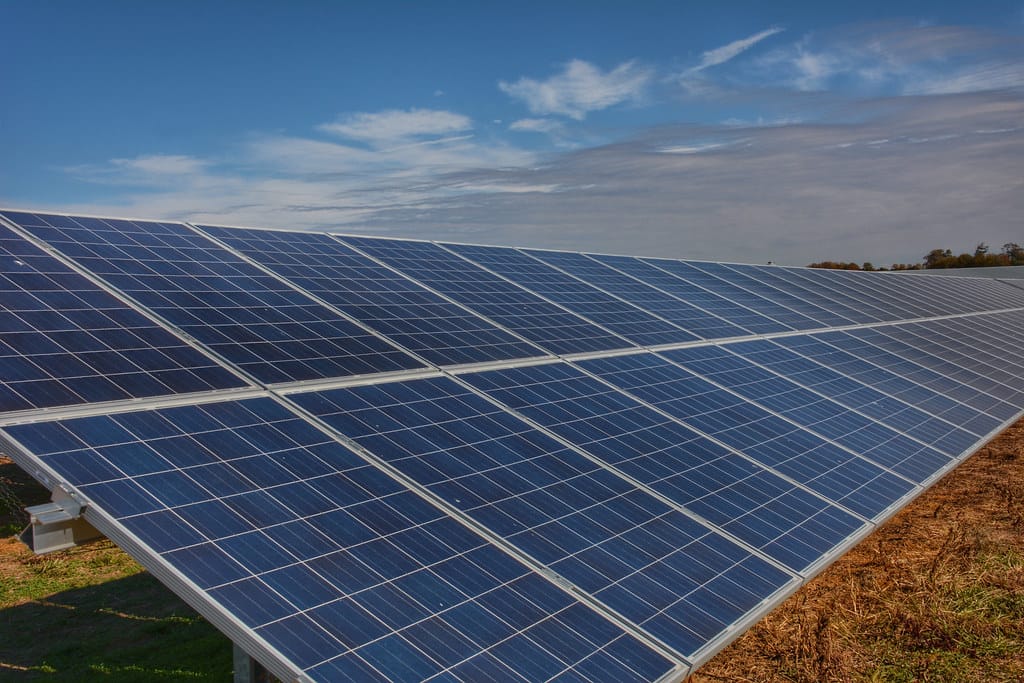From Coal to Solar: How Abandoned Mines Could Power Our Renewable Future
The world's abandoned coal mines, once symbols of environmental degradation, are emerging as unexpected champions in the fight against climate change. A groundbreaking new analysis reveals that converting these derelict sites into solar energy plants could add up to 300 gigawatts of renewable capacity by 2030 – enough to power nearly 60 million homes.
This transformation represents more than just an engineering feat; it's a powerful symbol of economic transition that could breathe new life into coal-dependent communities while accelerating global decarbonization efforts.
The Scale of Opportunity
The numbers are staggering. According to recent research, there are over 4,500 coal mining sites across major coal-producing regions that could be suitable for solar development. These sites collectively span thousands of square kilometers of land that's already been disturbed by industrial activity, making them ideal candidates for renewable energy infrastructure.
The 300GW target isn't just theoretical. Early pilot projects across Europe, the United States, and Australia have demonstrated the viability of coal-to-solar conversions, with some facilities already operational and feeding clean energy into national grids.
Why Coal Sites Make Perfect Solar Farms
Converting coal mines to solar installations offers several compelling advantages over developing greenfield sites:
Existing Infrastructure: Many former coal sites retain valuable infrastructure including electrical grid connections, access roads, and maintenance facilities. This existing foundation can reduce development costs by 20-30% compared to building from scratch.
Pre-Disturbed Land: Unlike pristine landscapes, former mining sites have already undergone environmental disruption. Converting them to solar use represents environmental restoration rather than further degradation, addressing a key concern of renewable energy critics.
Grid Connectivity: Coal plants were strategically located near major transmission lines. This proximity to existing electrical infrastructure eliminates one of the biggest hurdles – and expenses – in solar development.
Community Support: Mining communities often welcome solar projects as a pathway to economic revitalization, providing jobs and tax revenue to replace lost coal income.
Real-World Success Stories
Several pioneering projects are already proving this concept works. In Germany, the Weesow-Willmersdorf solar park, built on a former coal mining area, generates 187 megawatts of clean electricity. The project created 300 construction jobs and now provides permanent employment for local technicians.
In the United States, the Virginia Solar LLC project converted a former coal mine in Wise County into a 20-megawatt solar facility, demonstrating how Appalachian communities can transition from fossil fuel extraction to renewable energy production.
Australia's Kidston Solar Project represents perhaps the most ambitious example, transforming a former gold mine into a 270-megawatt solar installation with plans for pumped hydro storage, creating a comprehensive renewable energy hub.
Economic and Environmental Benefits
The economic case for coal-to-solar conversion is compelling. Analysis suggests these projects could create over 250,000 jobs globally by 2030, many in regions that have suffered from coal industry decline. Unlike extractive mining jobs, solar maintenance positions offer long-term employment stability.
Environmentally, the impact extends beyond carbon reduction. Solar installations can help stabilize soil, reduce erosion, and even allow for complementary land uses like sheep grazing between panel rows – a practice known as agrivoltaics that's gaining popularity worldwide.
Challenges and Solutions
Despite the promise, several challenges remain. Soil contamination at some former mining sites requires remediation before solar installation. However, innovative approaches like elevated mounting systems can minimize ground disturbance while allowing natural ecosystem recovery beneath the panels.
Financing remains another hurdle, though decreasing solar costs and increasing policy support are making these projects more attractive to investors. Government incentives specifically targeting coal-to-renewable conversions could accelerate deployment significantly.
The Path to 300GW
Achieving the 300GW target by 2030 will require coordinated effort from governments, utilities, and communities. Policy frameworks that streamline permitting for coal site conversions, coupled with targeted funding mechanisms, could unlock this massive renewable energy potential.
The transformation of coal mines into solar plants represents more than an energy transition – it's a powerful metaphor for economic and environmental renewal. As communities across the globe grapple with the decline of fossil fuel industries, these projects offer a tangible pathway toward a cleaner, more prosperous future built literally on the foundations of the old energy economy.

